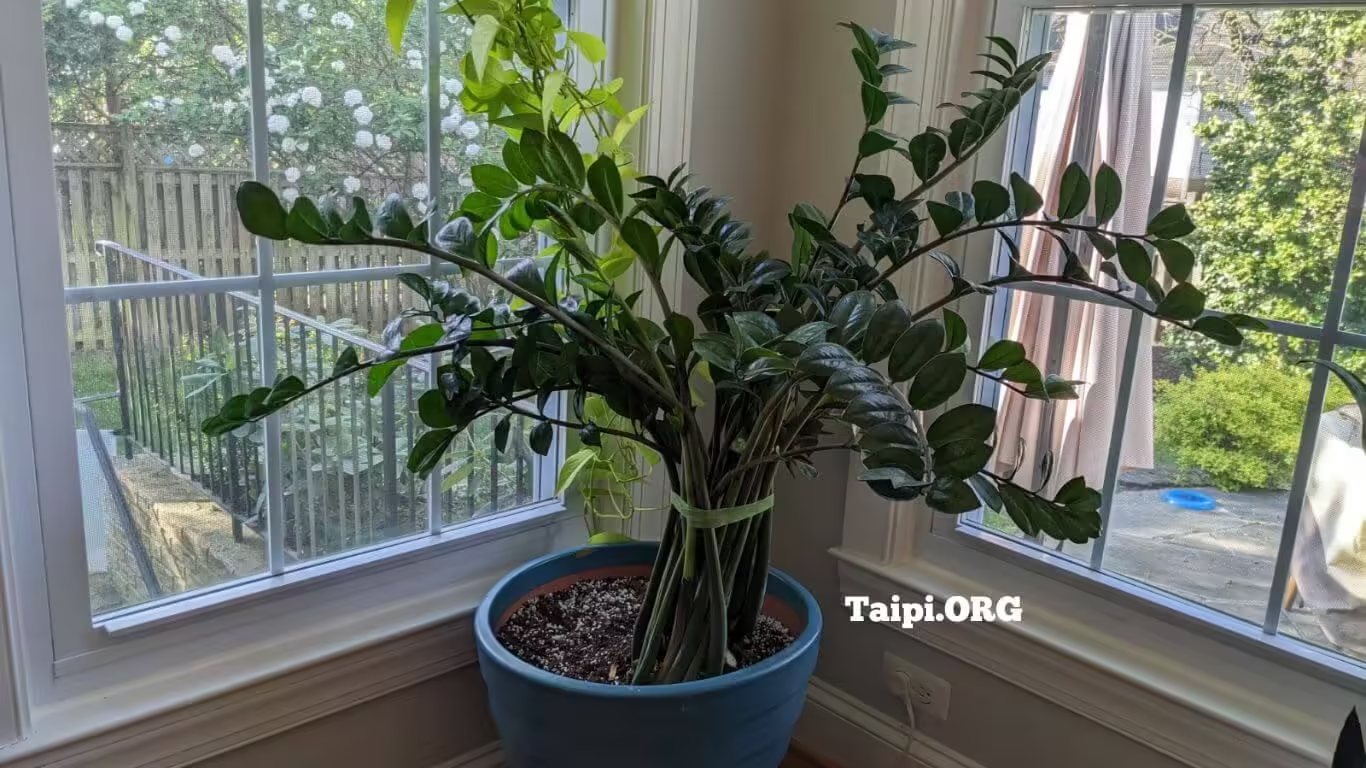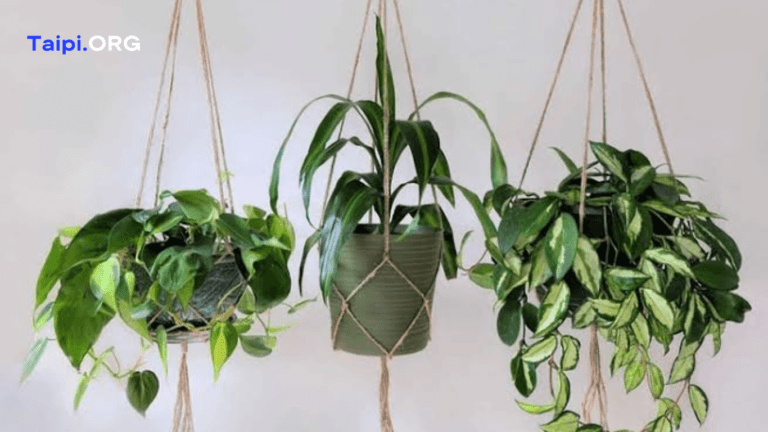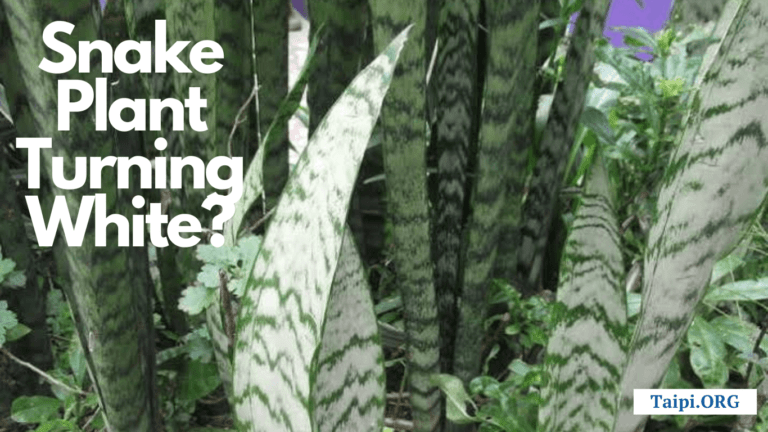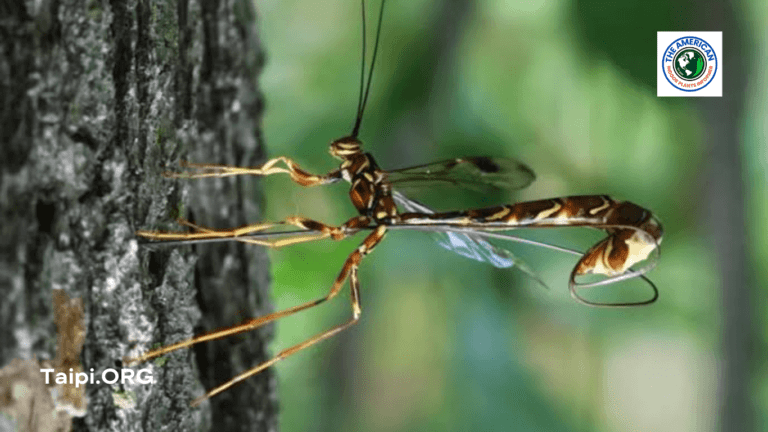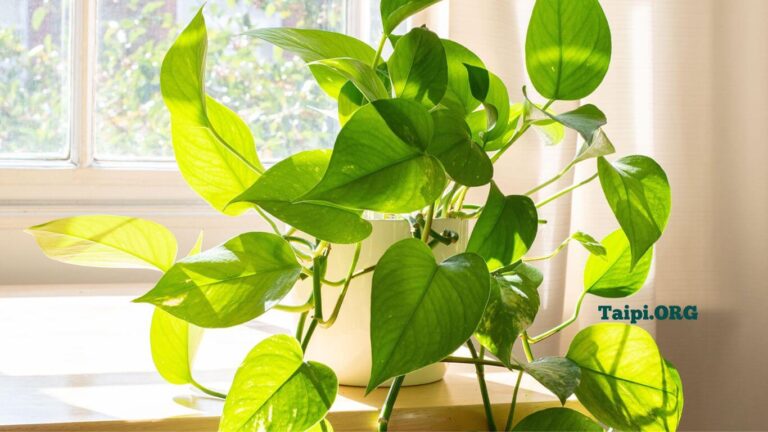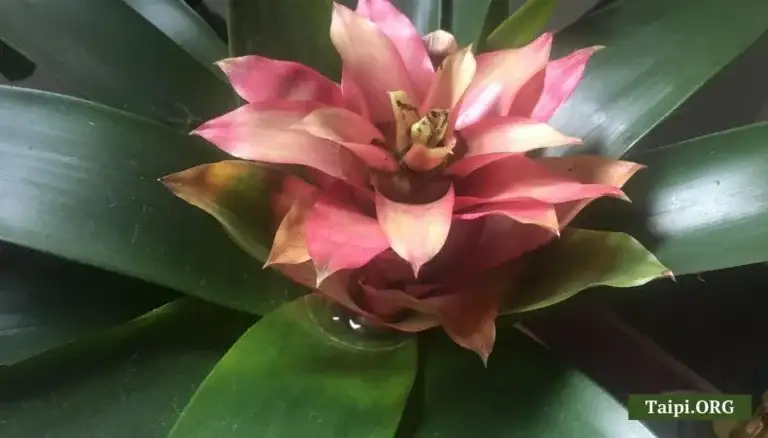How Much Light Does a ZZ Plant Need?
DOES ZZ plant need light? If so, how much light does a ZZ plant need per day? ZZ plants are popular for their low maintenance and adaptability to various light conditions. Understanding their light requirements is essential for ensuring their healthy growth.
Here’s a detailed guide on how much light a ZZ plant needs, including the number of hours of light per day, along with expert tips on their care.
But first, let’s answer one burning question.
Does ZZ Plant Need Light?
Yes, ZZ plants can tolerate low light conditions, which makes them popular indoor plants. However, they do best in indirect, bright light.
While they can survive in low-light conditions, they may grow more slowly and have less vibrant foliage. So, providing some indirect sunlight or artificial light is beneficial for their growth and overall health.
ZZ Plant Light Requirements
ZZ plants thrive best with bright, indirect light. They should ideally receive about 6-8 hours of indirect light each day.
Place your ZZ plant near a north or east-facing window to achieve this.
Indirect light is preferable as it allows the plant to photosynthesize efficiently without the damaging effects of direct sunlight.
One of the standout features of ZZ plants is their ability to tolerate low-light conditions. They can survive in dimly lit rooms and offices, making them perfect for spaces with minimal natural light.
In low-light conditions, ZZ plants can manage with as little as 4-6 hours of low-intensity light per day. However, it’s important to note that while they can survive in low light, their growth rate may slow down significantly.
If natural light is insufficient, ZZ plants can also adapt to artificial light. Use fluorescent grow lights for indoor plants such as MARS HYDRO 2024 New TS 3000 450W LED (picture ⬆) to supplement their light needs.
If you use artificial lighting, aim to provide 12-14 hours of artificial light daily to mimic natural light conditions. This can be particularly useful in windowless rooms or during shorter winter days.
Expert Tips for ZZ Plant Care
Proper watering is crucial for ZZ plants. They prefer to dry out between waterings, so it’s essential to let the soil dry out completely before watering again. Overwatering can lead to root rot, which is a common issue with ZZ plants. Ensure the pot has proper drainage to avoid waterlogging.
Compare: 9 Signs You’re Underwatering Your ZZ Plant
The Type of Potting Mix Matters
ZZ plants thrive in a well-draining potting mix. A blend designed for succulents or cacti works well, as it prevents retaining excess moisture.
Avoid using heavy, clay-based soils that can lead to water retention and root rot.
Watch for Humidity Fluctuations
ZZ plants prefer temperatures between 60-75°F (16-24°C). They can tolerate temperatures as low as 45°F (7°C) but you should also protect your plants from drafts and sudden temperature drops.
While ZZ plants can adapt to various humidity levels, they prefer moderate humidity. If the air is very dry, misting the leaves occasionally can help maintain adequate moisture levels.
Related: Does Pothos Like to Be Misted?
How to Fertilize ZZ Plants
Fertilization is another important aspect of ZZ plant care. They are not heavy feeders, so fertilizing once every 6 months with a balanced, water-soluble fertilizer diluted to half strength is sufficient.
Over-fertilizing can lead to nutrient burn, so avoid applying too much fertilizer.
Master the Pruning Process
Pruning and cleaning are essential for keeping your ZZ plant looking its best. Prune yellowing or damaged leaves to maintain the plant’s appearance. Additionally, cleaning the leaves periodically with a damp cloth can help remove dust and enhance photosynthesis.
Contain Pest Infestations
ZZ plants are relatively pest-resistant, but it’s still important to watch out for common indoor plant pests like spider mites, mealybugs, and aphids. Treat infestations promptly with insecticidal soap or neem oil to prevent damage to your plant.
Increase Your Plants Through Propagation
You can propagate ZZ plants through leaf cuttings or division. For leaf cuttings, allow the cut end to callous over before planting it in soil. Division involves separating the rhizomes and planting them individually in fresh soil.
Compare:
Final Thoughts
By following these guidelines, you can ensure your ZZ plant receives the appropriate amount of light and care. Incorporating the right balance of light, water, and maintenance will help your ZZ plant thrive, providing you with a beautiful and low-maintenance indoor plant.

